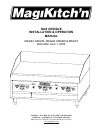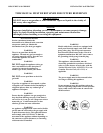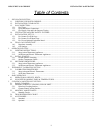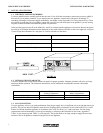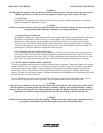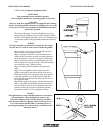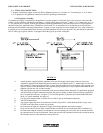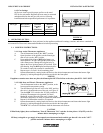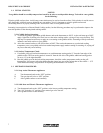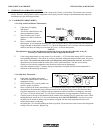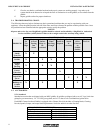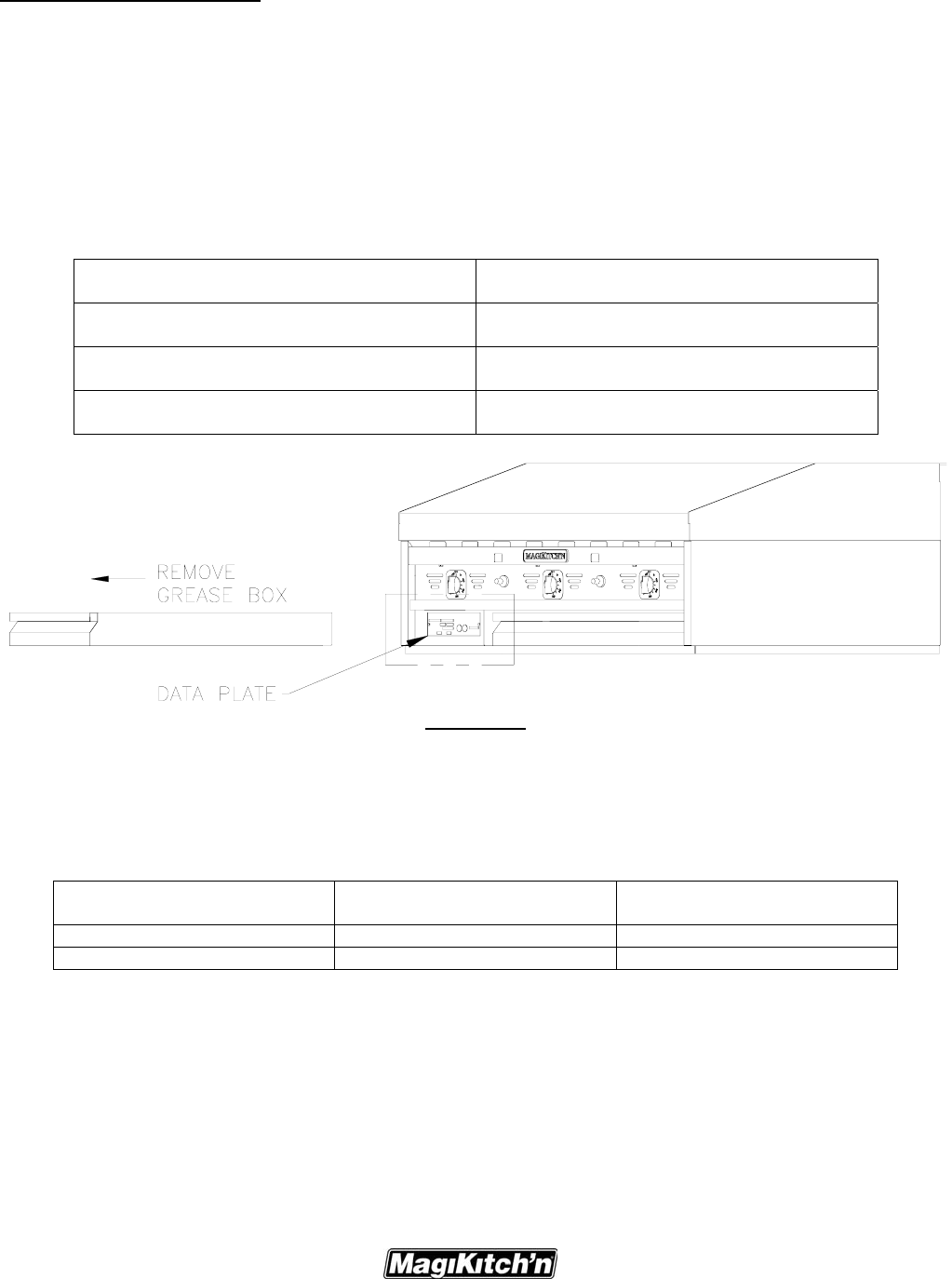
MKG SERIES GAS GRIDDLE INSTALLATION & OPERATION
1
1. INSTALLATION SECTION:
1.1. CHECKING YOUR NEW GRIDDLE:
Your new griddle has been carefully packed into one crate. Every effort has been made to ensure that your new griddle is
delivered to you in perfect condition. As you unpack your new appliance, inspect each of the pieces for damage. If
something is damaged, Contact the shipper immediately; the shipper is only responsible for 15 days after delivery. Check
the packing list enclosed with your griddle to ensure that you have received all the parts to the griddle. If you are missing
any parts, contact the dealer from whom the griddle was purchased.
In the provided spaces below fill in the Model No., Serial No. and the date the appliance was received. Remove the grease
box and you will find the Information on the Data plate on the inside cabinet wall either on the left or right side, see figure
1 below. Keep this information in a safe place so it can be referred to in the future.
Model Number
Serial Number
Date of Installation
Purchased from
FIGURE #1
1.2. INSTALLATION CLEARANCES:
Your new MagiKitch’n Griddle needs clearance around it for proper operation. Adequate clearances allow for servicing
and proper burner operation. The clearances shown below are for installation in combustible and non-combustible
construction.
Location Combustible Construction
Inches (Centimeters)
Non-Combustible Construction
Inches (Centimeters)
Cabinet Back 8.0 (20.4) 8.0 (20.4)
Cabinet Sides 2.0 (5.0) 0.0 (0.0)
1.3. GAS CONNECTION:
Your gas appliance will give you peak performance when the gas supply line is of sufficient size to provide the correct gas
pressure. The gas line must be installed to meet the local building codes or National Fuel Gas Code ANSI Z223.1 Latest
Edition. In Canada, install the appliance in accordance with CAN/CGA-B149.1 or .2 and local codes. Gas line sizing
requirements can be determined by your local gas company by referring to the National Fuel Gas Code, Appendix C,
Table C-4 (for natural gas) and Table C-16 (for propane). The gas line needs to be large enough to supply the necessary
amount of fuel to all appliances without losing pressure to any appliance.



